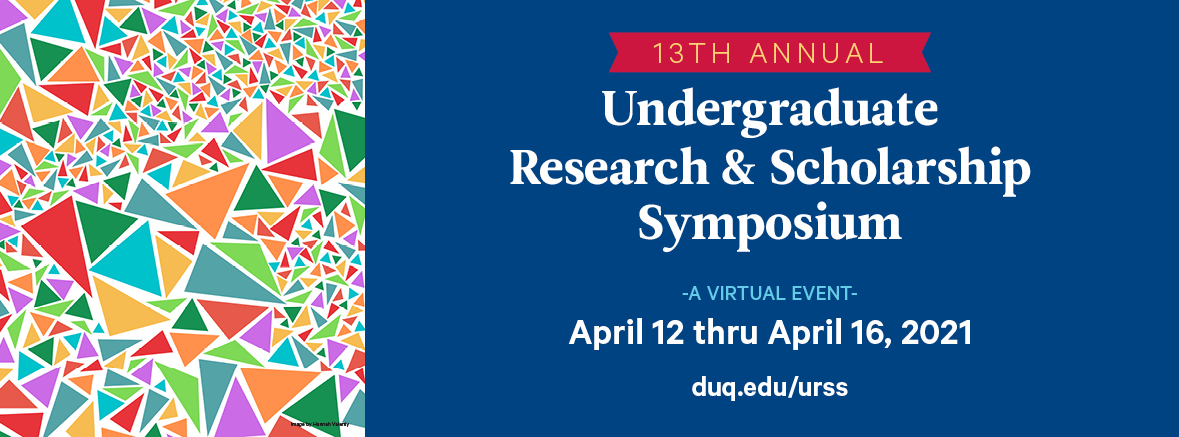Presenter Information
Alexandria Plyler
Abstract
Insects have the ability to reflect the chemical environment that they have developed in. Thus, necrogenous insects can reflect the chemical environment of cadavers they have fed on. Forensic scientists can potentially utilize insect larvae as an alternate biological matrix to detect drugs in cadavers that are skeletonized, burned, or otherwise badly damaged. Analysis of insects using paper spray ionization mass spectrometry (PSI-MS), an analytical method requiring little to no sample preparation, could prove a rapid, cost-effective, and non-destructive alternative form of toxicological analysis. Traditional tissue analysis via GC and LC-MS often require lengthy sample preparation, use expensive reagents, and are destructive to cadaver tissues. The goal of this project is focused on exploring PSI-MS with insects as a rapid, cost-effective, and non-destructive way for analysts to detect the presence of drugs in damaged cadavers. Several different rapid and cheap extraction techniques for drug detection in the model insect T. molitor were explored, including methanol extraction, QuEChERS extraction, and a novel “bug-spray” technique. T. molitor insects fed on substrate spiked with phenethylamine (PEA), a surrogate for illicit monoamine drugs such as methamphetamine. By employing each extraction method and analyzing the insect samples using PSI-MS with collision induced dissociation (CID), the most time-efficient, cost-effective, and effective detection method was developed.
School
Bayer School of Natural and Environmental Sciences
Advisor
Michael Van Stipdonk, Ph.D.
Submission Type
Paper
Publication Date
April 2021
Included in
Analytical Chemistry Commons, Entomology Commons, Other Chemicals and Drugs Commons, Toxicology Commons
Development of a Rapid Drug Detection Method for Insects using Paper Spray Ionization Mass Spectrometry (PSI-MS)
Insects have the ability to reflect the chemical environment that they have developed in. Thus, necrogenous insects can reflect the chemical environment of cadavers they have fed on. Forensic scientists can potentially utilize insect larvae as an alternate biological matrix to detect drugs in cadavers that are skeletonized, burned, or otherwise badly damaged. Analysis of insects using paper spray ionization mass spectrometry (PSI-MS), an analytical method requiring little to no sample preparation, could prove a rapid, cost-effective, and non-destructive alternative form of toxicological analysis. Traditional tissue analysis via GC and LC-MS often require lengthy sample preparation, use expensive reagents, and are destructive to cadaver tissues. The goal of this project is focused on exploring PSI-MS with insects as a rapid, cost-effective, and non-destructive way for analysts to detect the presence of drugs in damaged cadavers. Several different rapid and cheap extraction techniques for drug detection in the model insect T. molitor were explored, including methanol extraction, QuEChERS extraction, and a novel “bug-spray” technique. T. molitor insects fed on substrate spiked with phenethylamine (PEA), a surrogate for illicit monoamine drugs such as methamphetamine. By employing each extraction method and analyzing the insect samples using PSI-MS with collision induced dissociation (CID), the most time-efficient, cost-effective, and effective detection method was developed.

